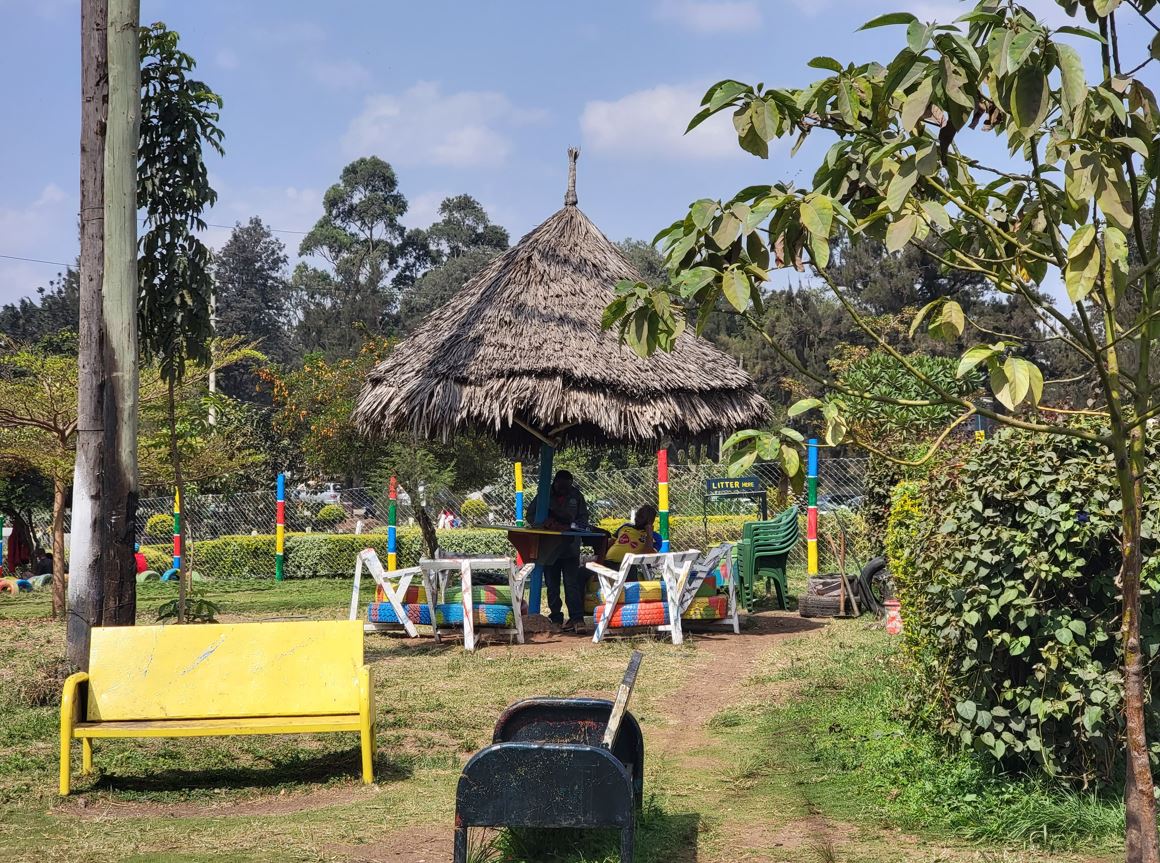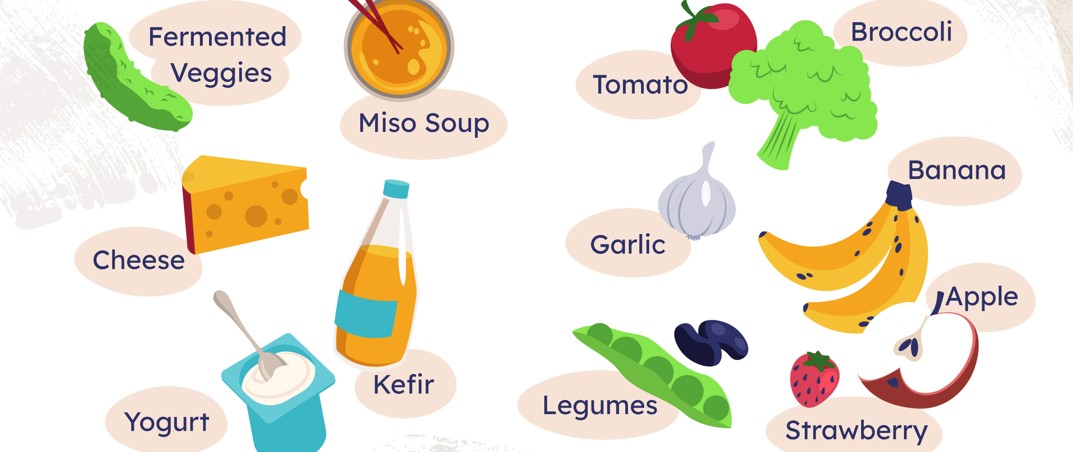From neglect to renewal: Hundreds flock to newly transformed Kamukunji Grounds

The park features several distinct sections designed to cater to different needs and interests.
Kamukunji Grounds, once a neglected corner of the community, has undergone a remarkable transformation from a site marred by litter and disuse into a vibrant, well-maintained leisure destination.
The venue was central to the struggle for multiparty democracy in Kenya. On July 7, 1990, a significant rally was held at Kamukunji, known as Saba Saba Day, which became a symbol of the fight against the one-party rule.
More To Read
- Robots, smart tables and Somali flavours: Eastleigh’s AK’s Restaurant is the future of dining
- Kamukunji marks Mashujaa Day with tributes to Raila amid calls for unity
- 2,000 trees planted in schools on Mazingira Day in Kamukunji
- Kamukunji’s Kinyago Kanuku hosts groundbreaking breast and cervical cancer screening
- How blocked drainage systems, open sewers threaten lives, businesses in Eastleigh
- Community devastated after fire claims child’s life, destroys homes in Kamukunji’s Kinyago Kanuku
This rally, which advocated for political pluralism, faced violent repression from former President Moi’s government, resulting in beatings, detentions, and widespread violence across the country.
Kamukunji Member of Parliament Yusuf Hassan is among the stakeholders who have been pushing for the uplift of Kamukunji Grounds. Eight years ago, he proposed declaring the grounds a national protected monument, citing their historical significance.
In a motion presented to the National Assembly, Yusuf highlighted that despite its crucial role in Kenya's political evolution, the grounds were in a neglected state.
Despite its rich history, the park had long been overlooked, often overcrowded by street families and plagued by garbage. However, a committed local Community-Based Organisation (CBO) saw potential in this neglected space and embarked on a mission to rejuvenate it.
Their dedication has paid off, as the park now attracts hundreds of visitors daily, offering a clean, inviting environment for relaxation and recreation.
 The newly transformed Kamukunji Grounds in Kamukunji Constituency, Nairobi. (Photo: Ahmed Shafat)
The newly transformed Kamukunji Grounds in Kamukunji Constituency, Nairobi. (Photo: Ahmed Shafat)The newly transformed Kamukunji Grounds in Kamukunji Constituency, Nairobi. (Photo: Ahmed Shafat)
The revitalisation project began in 2020, in the wake of the COVID-19 pandemic, which had posed significant challenges for many. A group of 19 self-help organisations came together to form the Kamukunji Environmental Conservation Champions (KECC).
Their goal was to restore the park to its former glory and create a space that the community could enjoy and take pride in.
Josphat Karomi, the Chairperson of KECC, highlights the significant transformation the park has undergone and the interest it has generated from other groups looking to learn from its success.
“Our dream was partly realised through winning the Changing Faces competition organised by Public Space Network which awarded us Sh150,000. This competition involved 120 projects across Nairobi. Our primary goal is to give back to the community,” he says.
Karomi envisions the park becoming a place that not only offers recreational opportunities but also plays a role in nurturing talent and providing a conducive environment for personal growth.
“We’re also involved in cleanup activities and community sensitization. We hope to host even more events at the park in the future,” he adds.
 A relaxing spot at Kamukunji Grounds in Kamukunji Constituency, Nairobi. (Photo: Ahmed Shafat)
A relaxing spot at Kamukunji Grounds in Kamukunji Constituency, Nairobi. (Photo: Ahmed Shafat)A relaxing spot at Kamukunji Grounds in Kamukunji Constituency, Nairobi. (Photo: Ahmed Shafat)
Mohammed Kioko, the Vice Chairperson of KECC, also reflects on the early days of their project.
“Growing up, I heard stories about how Kamukunji Park was once a significant place where leaders would gather. By the time we started our work, the park was in a very poor state. Now, we’re incredibly proud of what we’ve accomplished—it’s a safe and beautiful space for everyone in the community," he tells the Eastleigh Voice.
Initially, the community was wary of KECC’s intentions, with concerns that the organisation might be trying to take control of the park. However, after four years of dedicated work and visible improvements, their efforts have been widely accepted and appreciated.
“We’ve introduced a range of features here,” Kioko explains. “We have a fenced children’s area that’s safe and popular on weekends, complete with a trampoline, pool, swings, and a leisure park where parents can relax while keeping an eye on their kids.”
The park’s transformation is not just about physical improvements; it also involves creating a sense of community and safety. Kioko notes that the park remains free to enter, as it is community property.
It attracts between 300 and 500 visitors daily. “Thanks to the support from our local MP, the park has been gazetted and included in the museum network. This recognition motivates us to keep going. We invite everyone to come and enjoy this wonderful space, which has also contributed to a significant reduction in crime and offers a peaceful retreat.”
 Kamukunji Grounds in Kamukunji Constituency, Nairobi. (Photo: Ahmed Shafat)
Kamukunji Grounds in Kamukunji Constituency, Nairobi. (Photo: Ahmed Shafat)Locals relax at Kamukunji Grounds in Kamukunji Constituency, Nairobi. (Photo: Ahmed Shafat)
The park features several distinct sections designed to cater to different needs and interests. These include a children’s corner, a leisure area, a mental health zone, and an urban garden. Despite facing ongoing challenges, such as insufficient resources and funding, the KECC team remains hopeful and committed to its mission.
“We’re also open to hosting events,” Kioko adds. “Currently, we have groups of about 200 people who visit regularly. We charge a modest fee of 500 shillings for maintenance and to pay for security.”
This approach not only helps maintain the park but also supports its ongoing development.
Another significant benefit of the park’s revitalisation has been the creation of job opportunities for local youth who were previously unemployed. Young people like Duncan Wachira have found stable work, which helps support their families.
“When young people have meaningful work, they’re less likely to engage in criminal activities,” Wachira notes. “The park has provided us with a steady income. We’re involved in various tasks like painting, weeding, levelling, and watering the grass. On a good day, we can earn up to 700 shillings.” said Wachira
Wachira, along with about 30 other young locals, also helps supervise children on weekends and ensures that the park remains clean. Their involvement not only provides them with income but also fosters a sense of responsibility and community engagement.
 Kamukunji Grounds in Kamukunji Constituency, Nairobi offers a arelaxation and meeting spot. (Photo: Ahmed Shafat)
Kamukunji Grounds in Kamukunji Constituency, Nairobi offers a arelaxation and meeting spot. (Photo: Ahmed Shafat)Locals relax at Kamukunji Grounds in Kamukunji Constituency, Nairobi. (Photo: Ahmed Shafat)
James Nyau, a resident of Shauri Moyo, has also been particularly excited about the park's revival. After working night shifts as a chef, he finds solace in the park’s new ambience.
“I was away for a while, and when I came back, I could barely recognise the place. It’s been transformed into something truly extraordinary; I've been bringing my children here to play, and it’s wonderful for them to have such a fantastic experience right in our community," Nyau says.
He often spends his afternoons at the park, catching up with friends. Nyau appreciates that the park is free to enter and well-maintained, providing a pleasant and relaxing environment for socialising. The park’s transformation has positively impacted its local users, turning it into a valued community asset.
Despite the successes, there are still many challenges to address. The park faces an insufficient water supply, a lack of tools and lighting, and financial constraints. Overcoming these obstacles would significantly enhance the park’s impact and further benefit the community.
Kioko and the KECC team remain committed to finding solutions and continuing their work, driven by their vision of restoring Kamukunji Park to its former glory and beyond.
 Artwork at Kamukunji Grounds in Kamukunji Constituency, Nairobi. (Photo: Ahmed Shafat)
Artwork at Kamukunji Grounds in Kamukunji Constituency, Nairobi. (Photo: Ahmed Shafat)Locals relax at Kamukunji Grounds in Kamukunji Constituency, Nairobi. (Photo: Ahmed Shafat)
The project was funded by Public Space Network through Dream Town NGO since 2021 and was first held in Dandora way back in 2013 transforming 120 public Spaces that were initially dump sites and at the same time empowering over 5,000 youths who were engaged in crimes, drug abuse, pickpocketing and mugging.
The Kamukunji environment conservation champions CBO managed to win the Changing Faces competition season-5 in 2021.
Top Stories Today












































